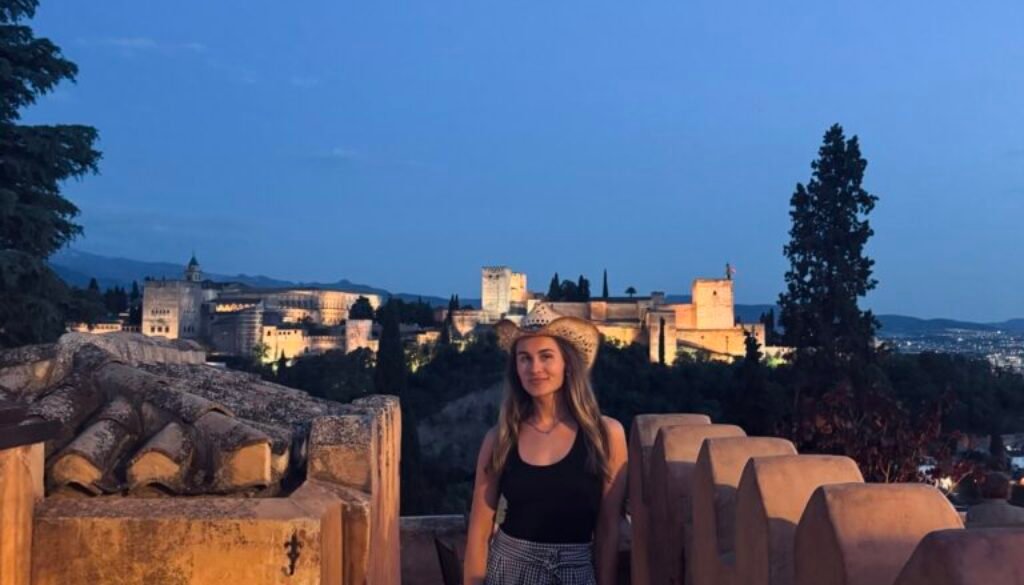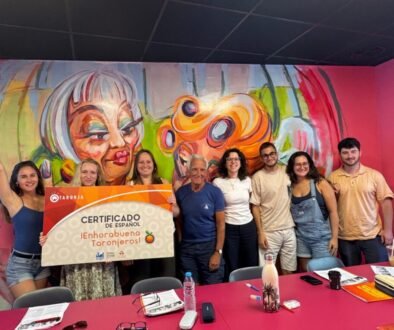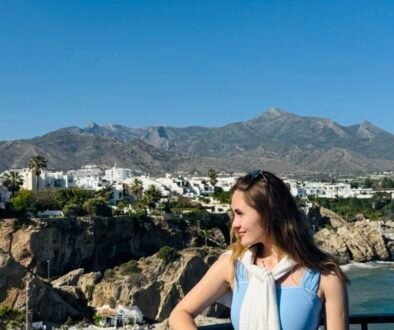Taking Spanish and Flamenco Classes in Granada
Learning Spanish beside the Alhambra, in the heart of the Sierra Nevada mountains, at Delengua—a language school in the marvelous city of Granada—was an unforgettable experience.
Granada and Alhambra
After spending two weeks studying Spanish at Escuela de Idiomas Nerja, I headed to Granada—a historic city nestled in the Sierra Nevada mountains. To my surprise, Granada, or more specifically the Alhambra, is among the most visited sites in Spain, following the Sagrada Familia in Barcelona and the Prado Museum in Madrid. Tickets to the Alhambra are often sold out months in advance, so I was lucky to secure mine three weeks before arriving—for my second-to-last day in the city. Tip: only purchase your ticket through the official website to avoid online scams.
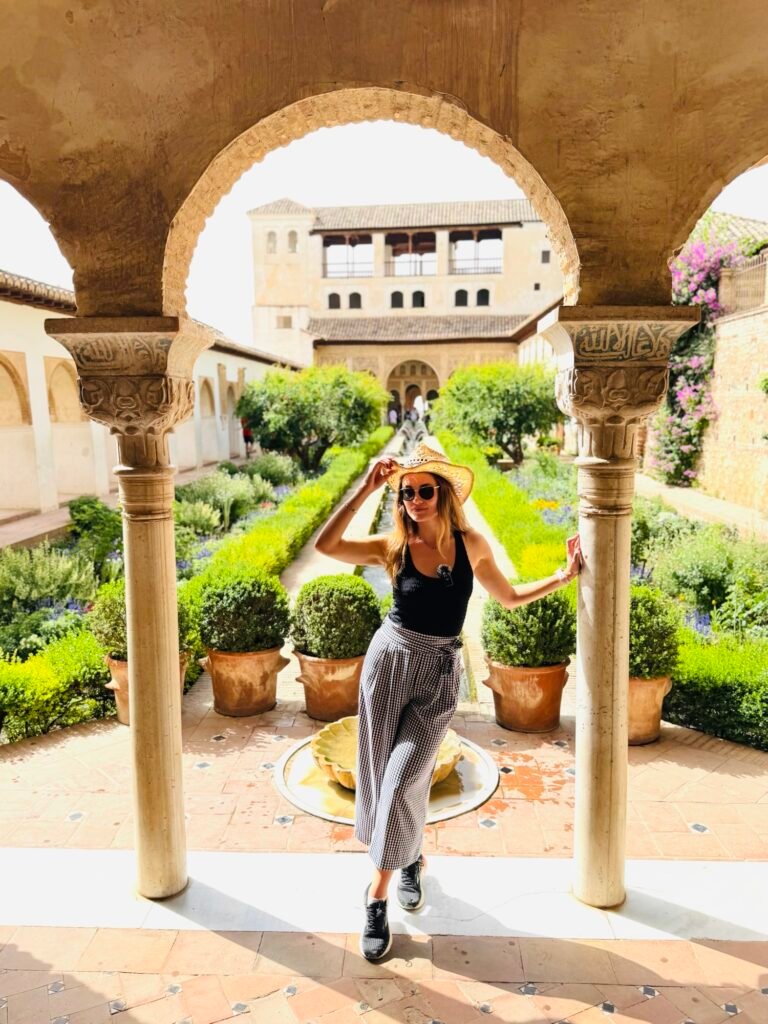
School Housing
During their stay in Spain, some students prefer to share an apartment or live in the school residence (at my school, it was located in the same building, just one floor above the classrooms). But, as with almost every language-learning trip I take, I chose to stay with a local host to fully immerse myself in the language and culture. Before my arrival, I received the details of my host: a kind, 55-year-old woman named Olga, who lived alone since her daughters had grown up and moved out. To learn more about other cultures, Olga started hosting students from all around the world about 15 years ago. She also had a passion for mountain biking and cooking. Interestingly, the best food I had in Spain wasn’t at the upscale restaurants I visited, but in the simple, homemade meals Olga and I shared at her table. Delicious gazpacho, paella, and Spanish tortilla—my mouth waters just thinking about them.
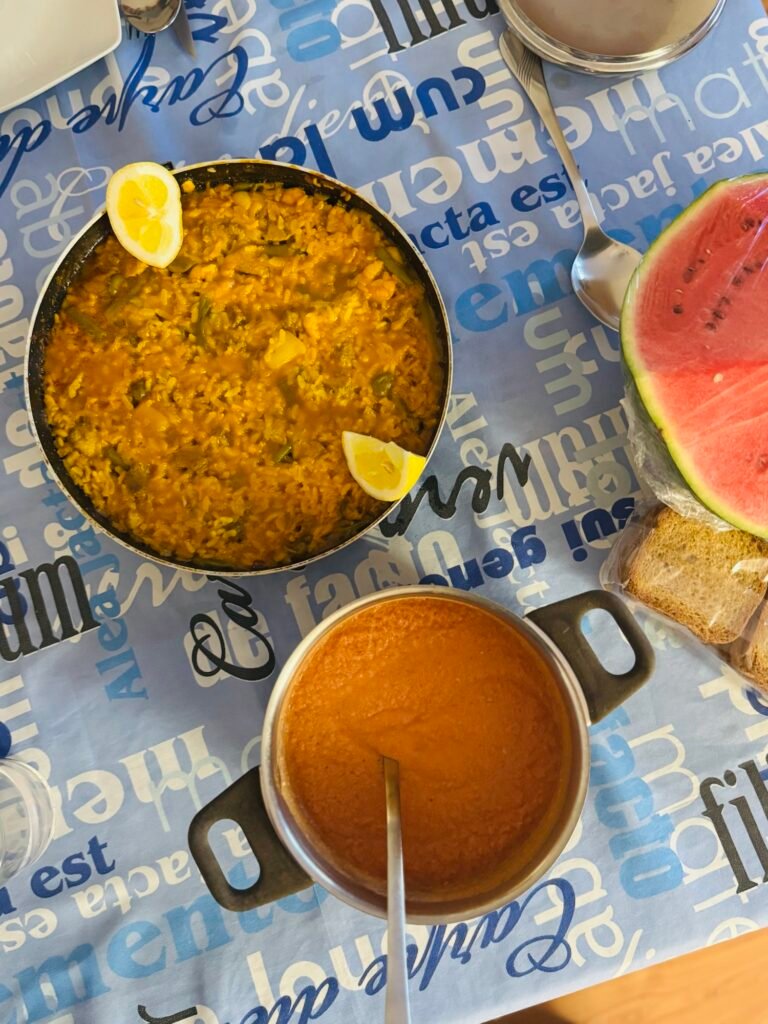
School Location
My Spanish school, Delengua, was located in the historic center of Granada, just a 15-minute walk from where I stayed. At first, I could barely find it, as it was tucked away among Arab souvenir shops and traditional tea houses. The school itself was small but cozy, with a total of around 20 students—mostly young adults between 18 and 30 years old from all over the world. It offered classes at various levels, from complete beginner to advanced. Before being placed in a group, I was required to take a placement test prior to arrival and also attend a welcome session, which included a brief conversation with one of the teachers.
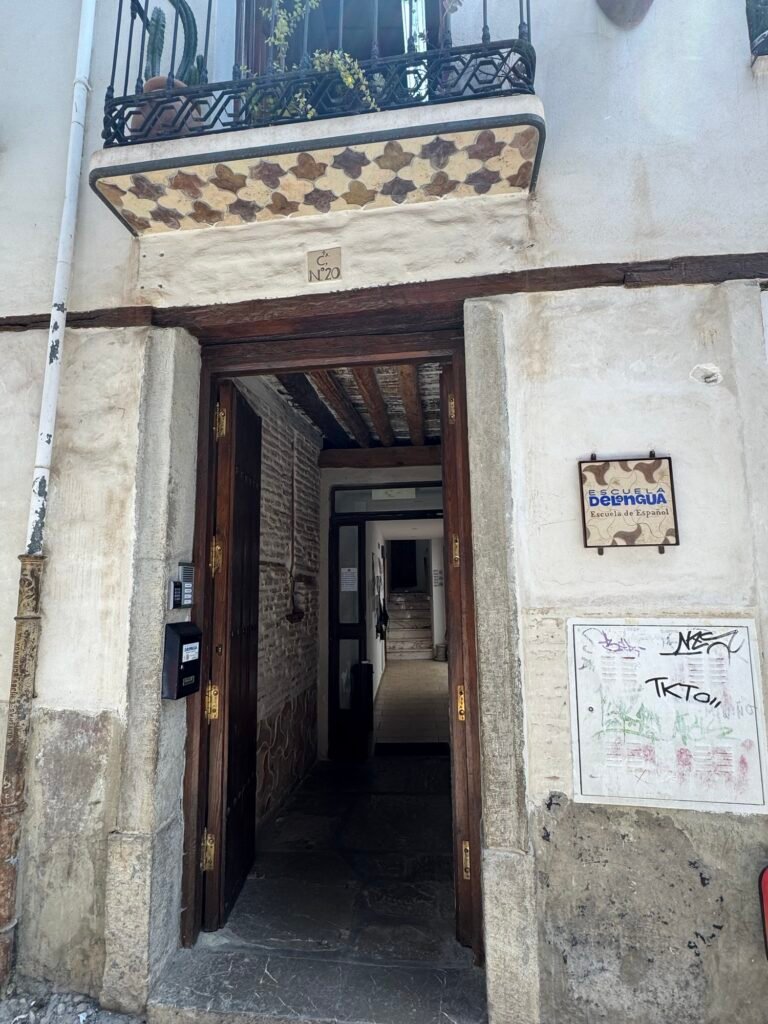
Classes at Delengua
I was placed in a C1 (advanced) group with three other students of different ages from Taiwan, Germany, and England. All of them had studied at Delengua before and kept returning year after year, drawn by their love for both the school and the magical city of Granada.
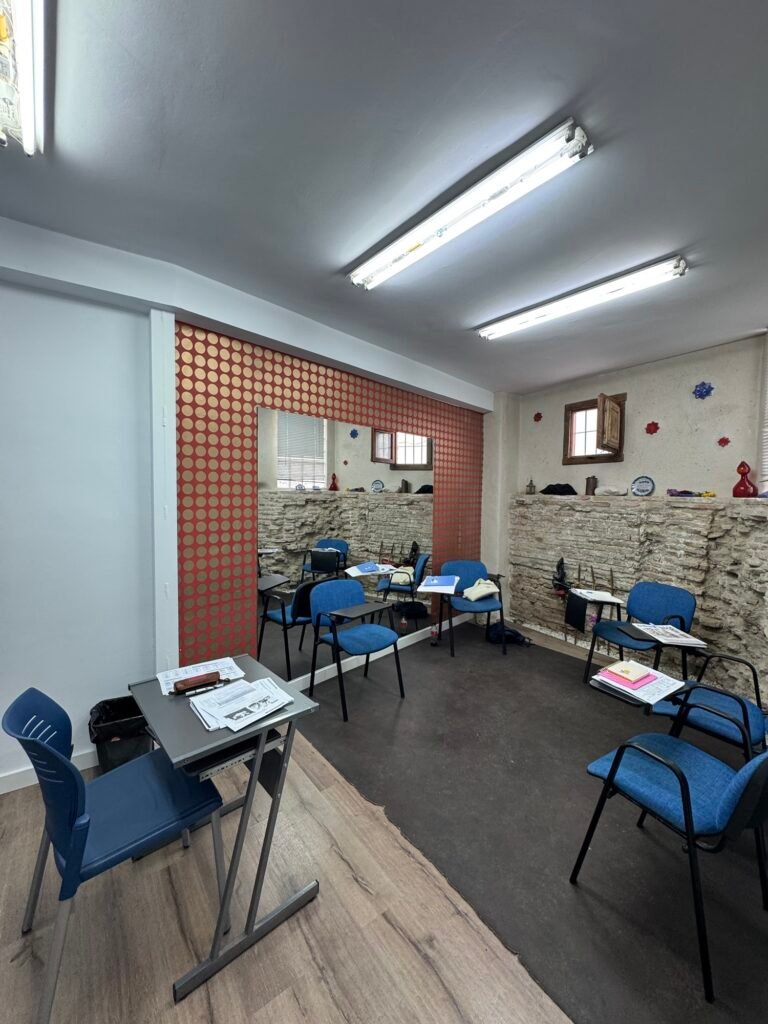
Our teacher, Jaime, patiently explained the nuances of Spanish grammar and introduced us to numerous idiomatic expressions.
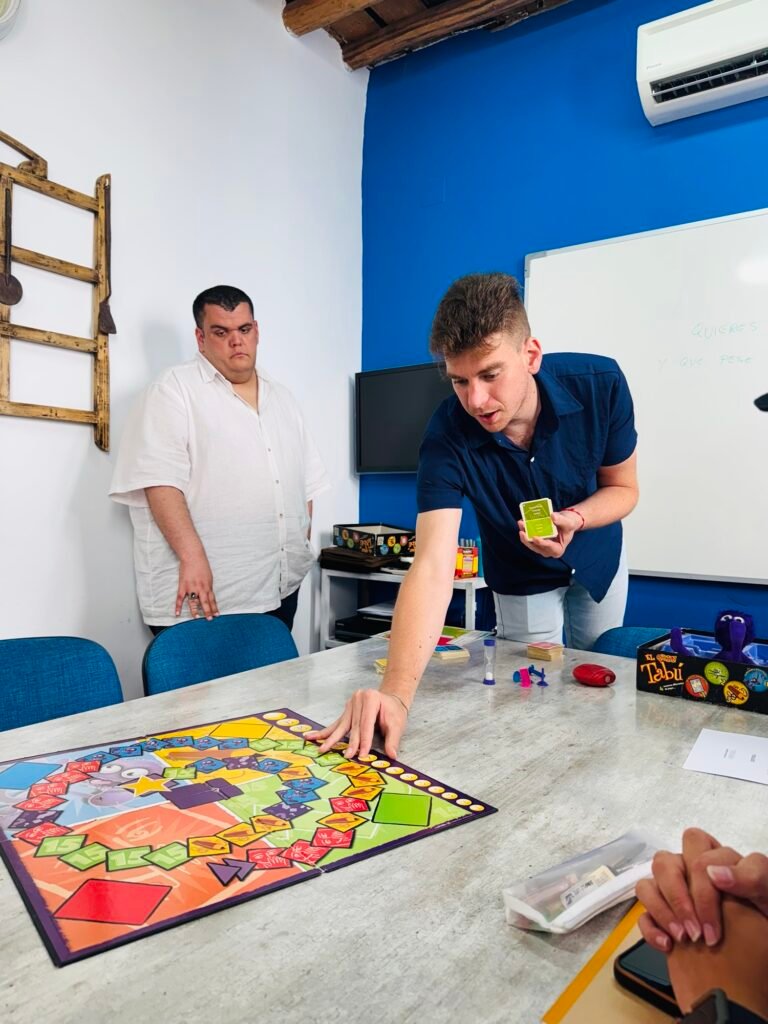
In addition to four hours of classes each morning—from 10 a.m. to 2 p.m., with a 30-minute break for coffee or Arab tea—we were also given daily homework to reinforce what we had learned.
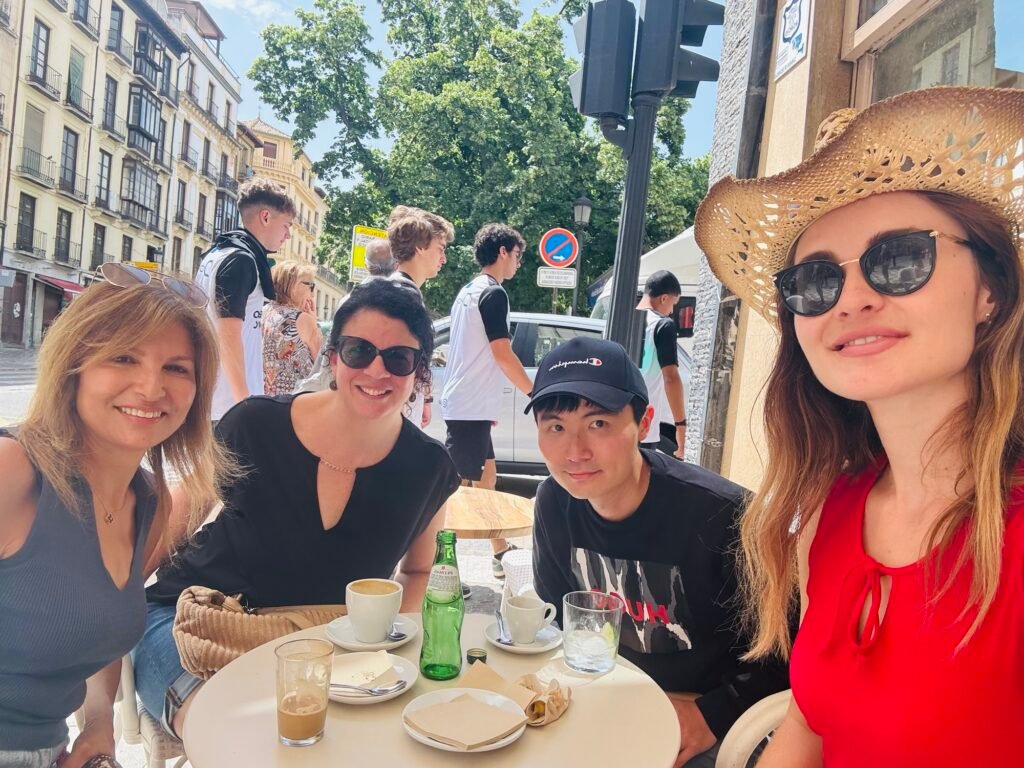
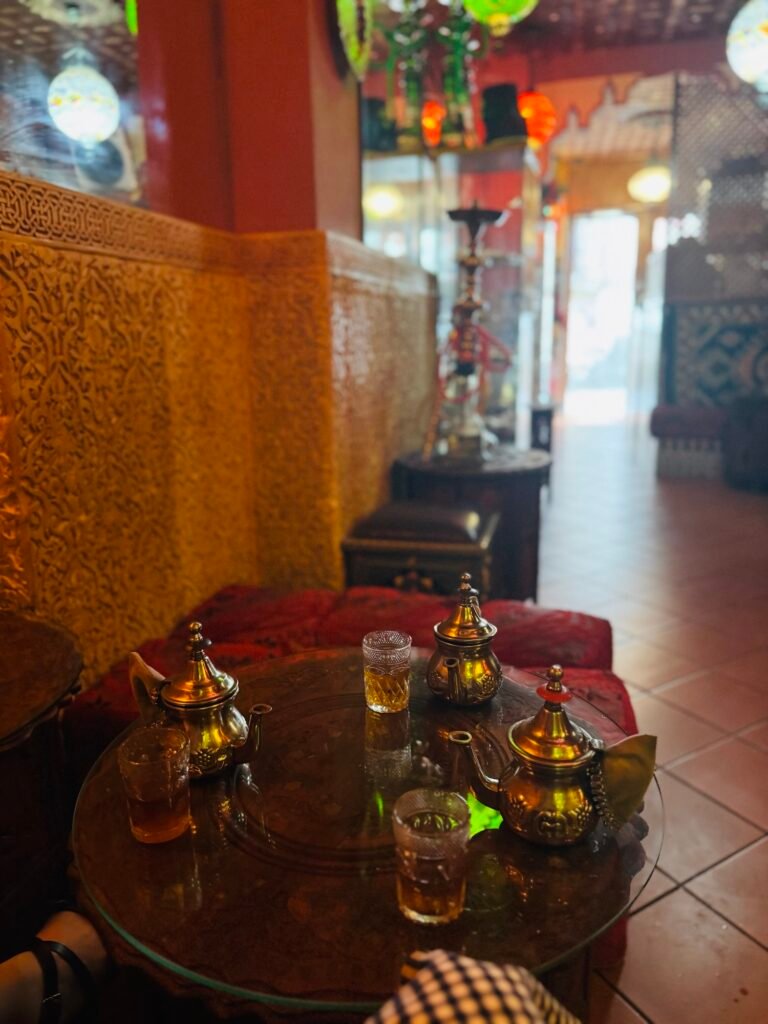
School Activities
The school also offered private tutoring, DELE exam preparation, medical Spanish, Spanish for tourism, Spanish for business, as well as courses in Spanish and Latin American literature, history, and art. I took a one-week Flamenco class with the amazing Mónica, a professional Flamenco dancer and choreographer, to immerse myself even further in Spanish culture. Granada is the birthplace and heart of Flamenco—so where better to learn this passionate than here?
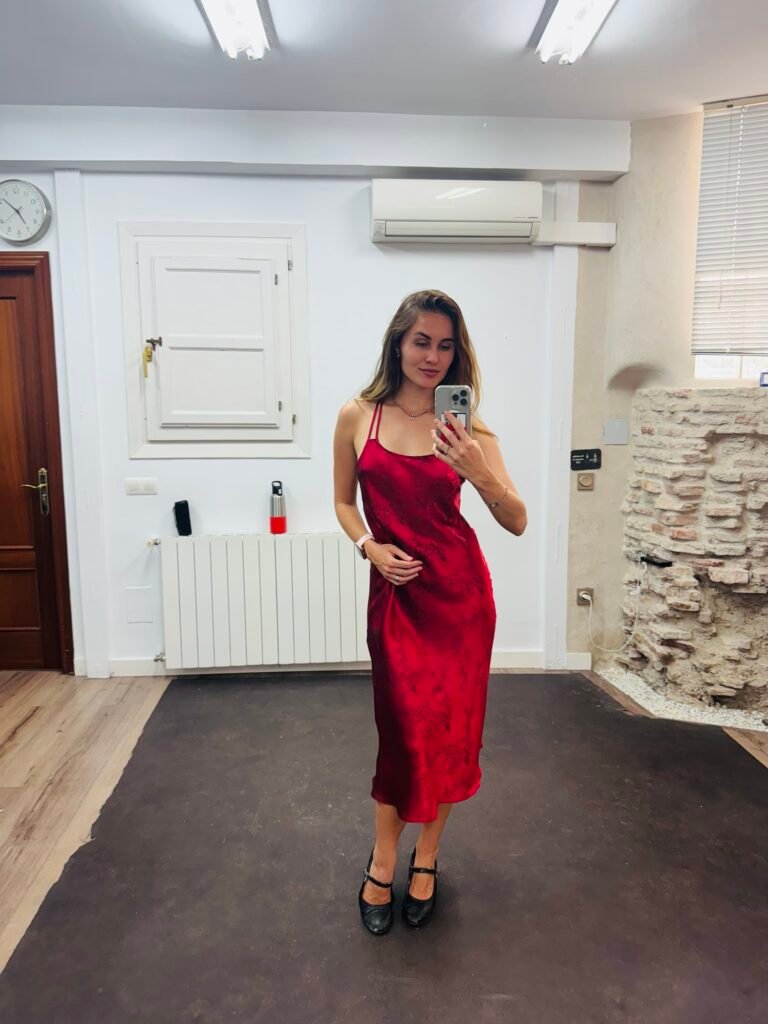
I also had the chance to attend several Flamenco shows—some in the caves and one unforgettable professional performance at Casa Ana that truly blew my mind.
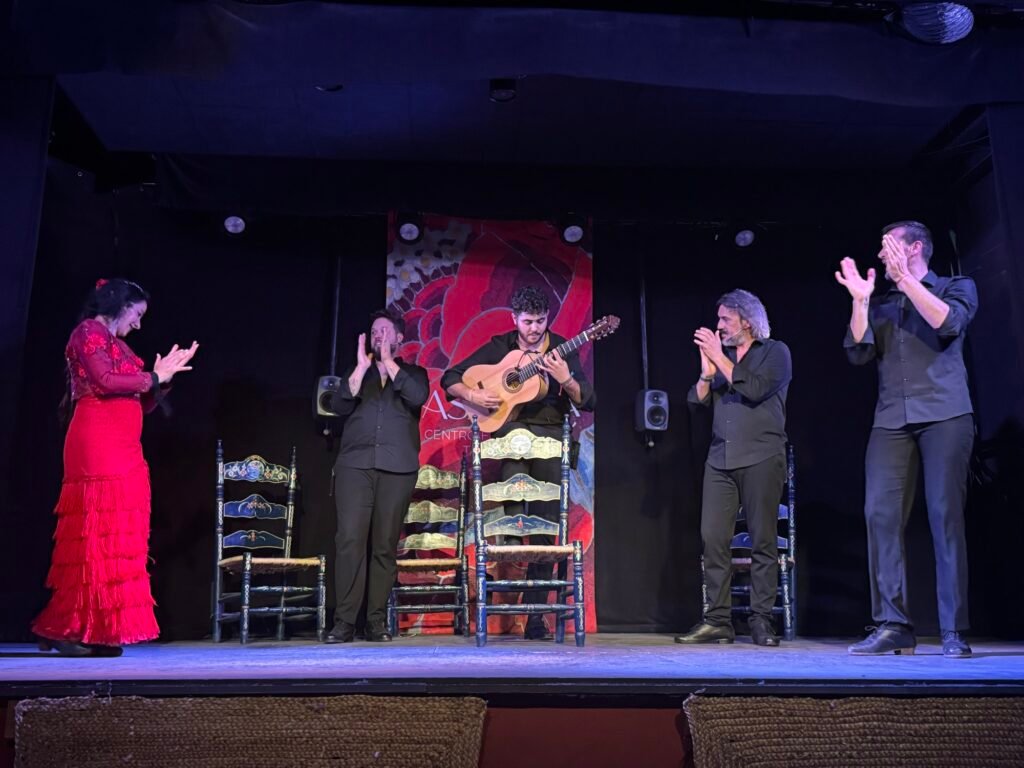
Delengua organized daily excursions and activities led by the teachers. We explored the historic center, visited the gypsy caves, toured various city monasteries, had game and karaoke nights at local bars, and, of course, went out for tapas. Granada is famous for its tapas—unlike anywhere else, you can simply order a drink (in my case, non-alcoholic) for €2.50 and receive a generous plate of tapas. In fact, you can have a full dinner by ordering just two drinks at a local bar. In other cities I visited, I had to pay for tapas separately, even though they were originally meant to be served with drinks.
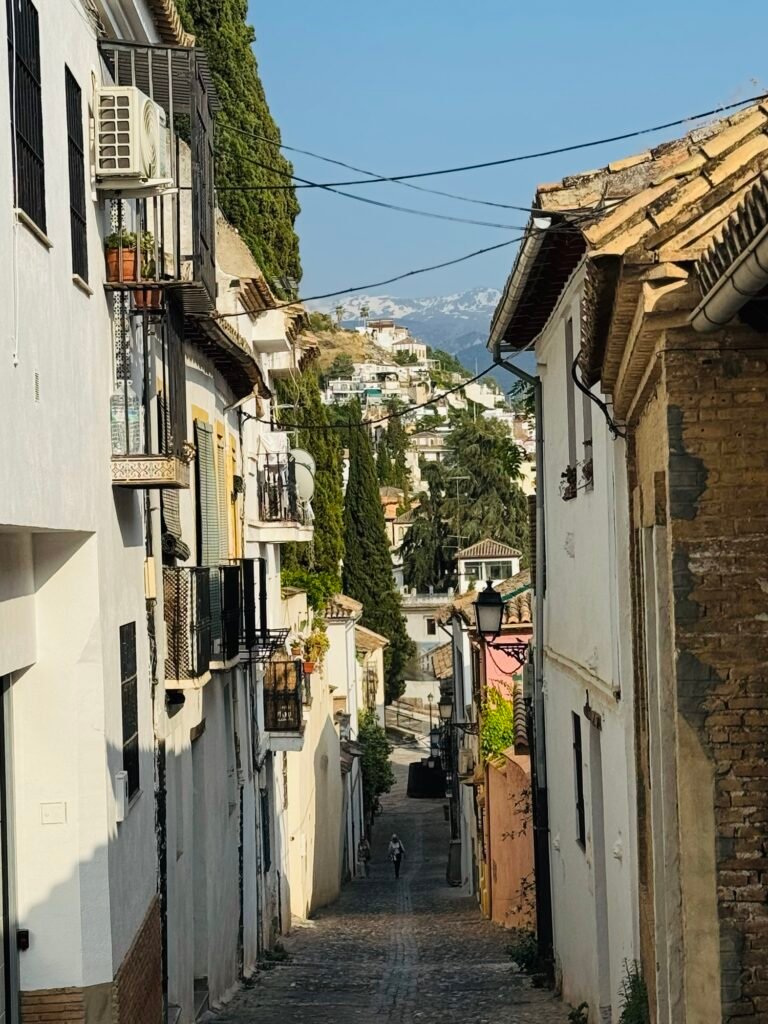
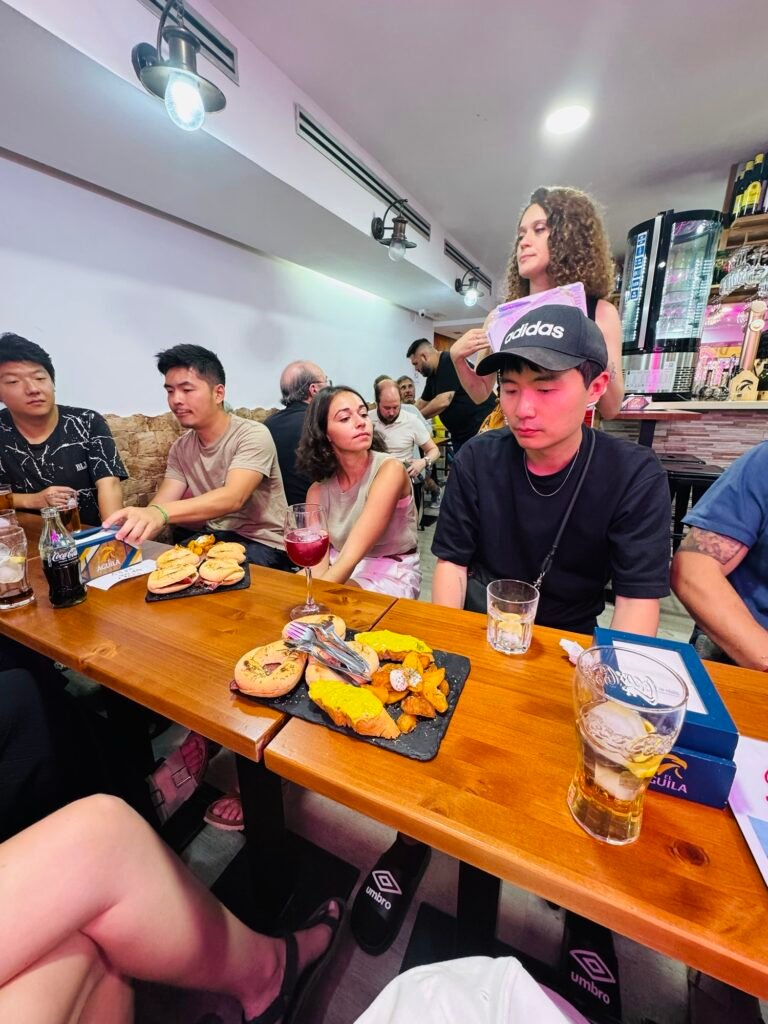
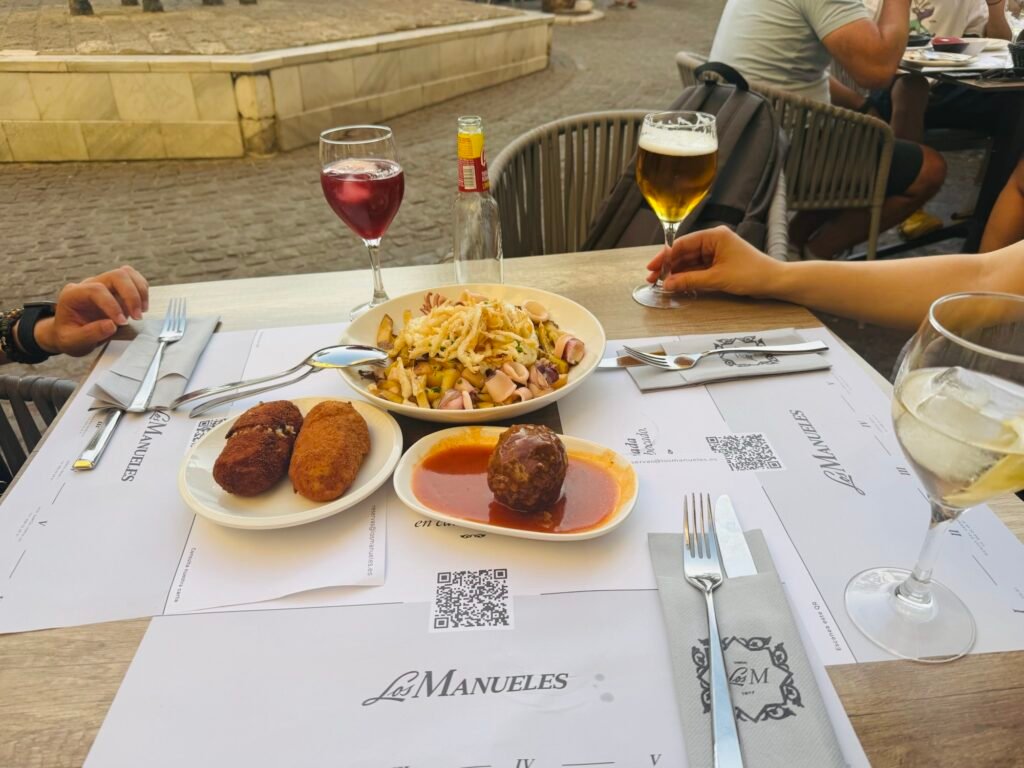
In addition to the weekly activities, the school also offered weekend trips to other cities. Unfortunately, during my stay, these were canceled due to a lack of participants. So, I arranged my own trips—booking bus tickets through Alsa and setting off on solo adventures. I visited the Alpujarras, a cluster of cozy mountain villages; the Sierra Nevada ski resort, where my German classmate and I hiked up Mount Veleta, the second-highest peak in the range; and the beautiful cities of Córdoba and Seville—highly recommended!
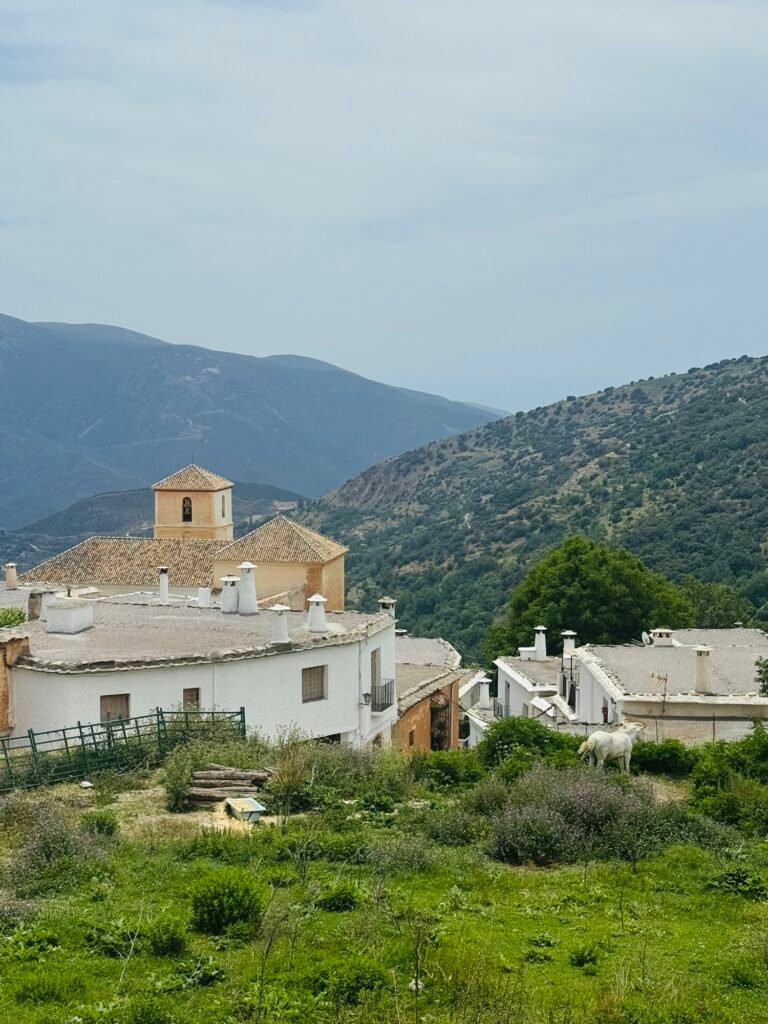
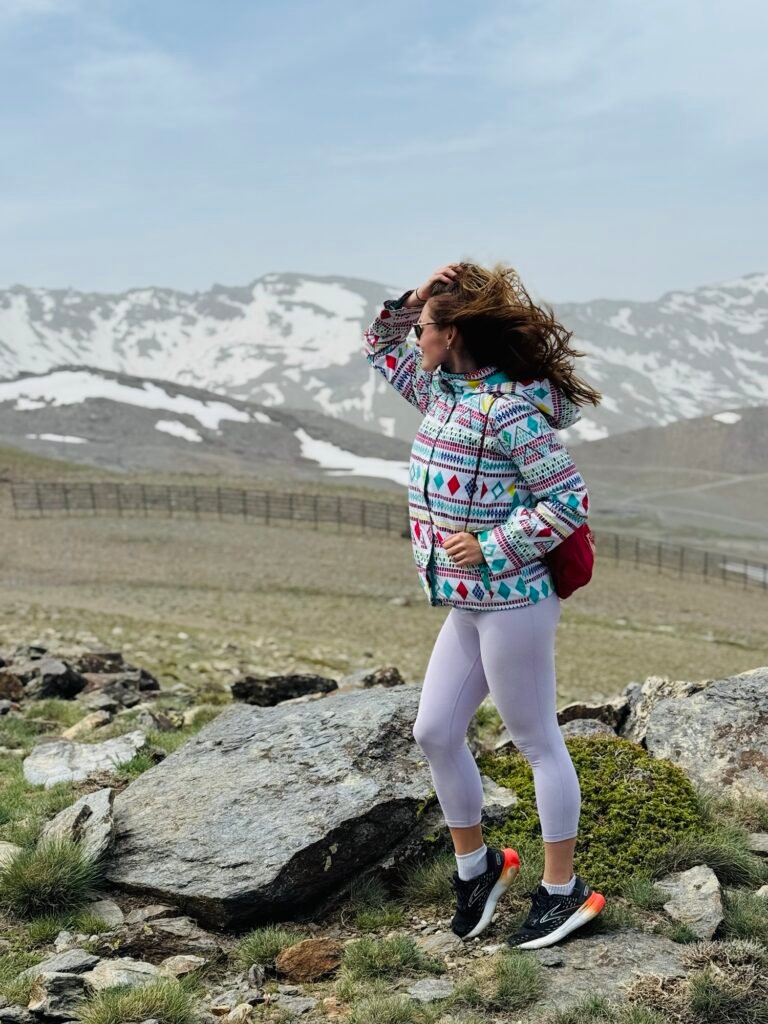
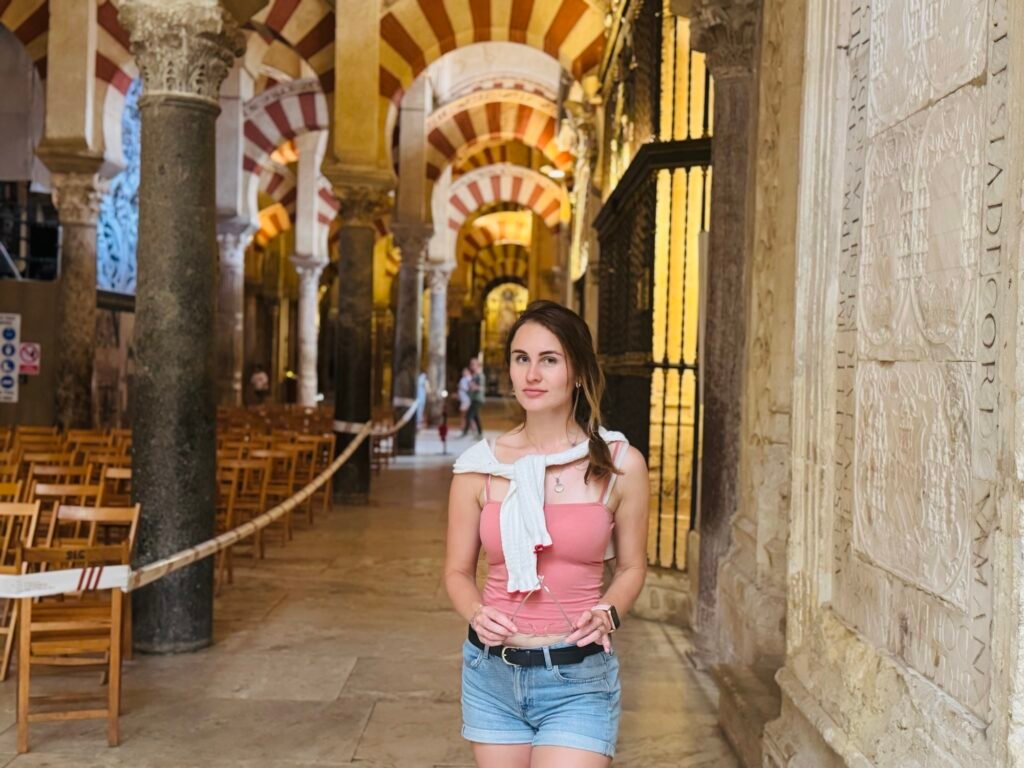
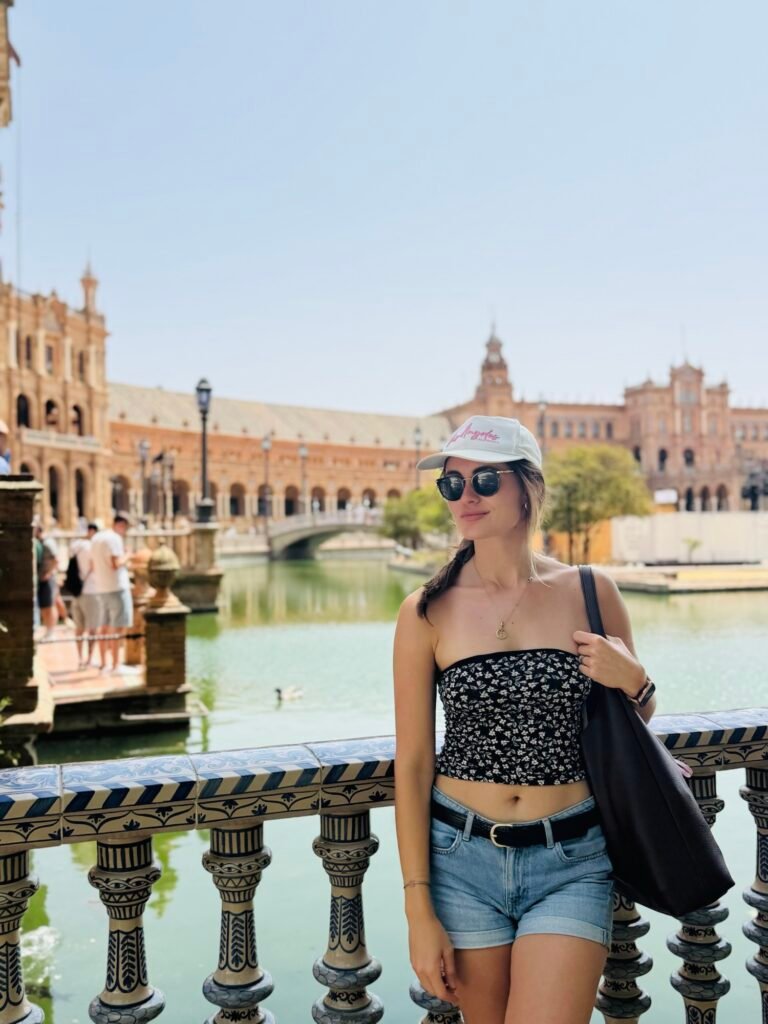
Final Thoughts
Overall, I had a wonderful experience studying in this gorgeous, history-rich city, and I would definitely recommend it to mountain lovers, flamenco enthusiasts, and anyone on a tight budget. Granada turned out to be the most affordable destination I’ve visited in Spain, with the lowest prices for food, Spanish classes, and various activities. That’s why some students keep coming back—and some even end up staying for over a year. For me, however, the heat was a bit too much, especially considering there were no beaches nearby—the closest one was about an hour away by bus. So I wouldn’t recommend coming here in the summer—unless your apartment has air conditioning and, ideally, a pool.
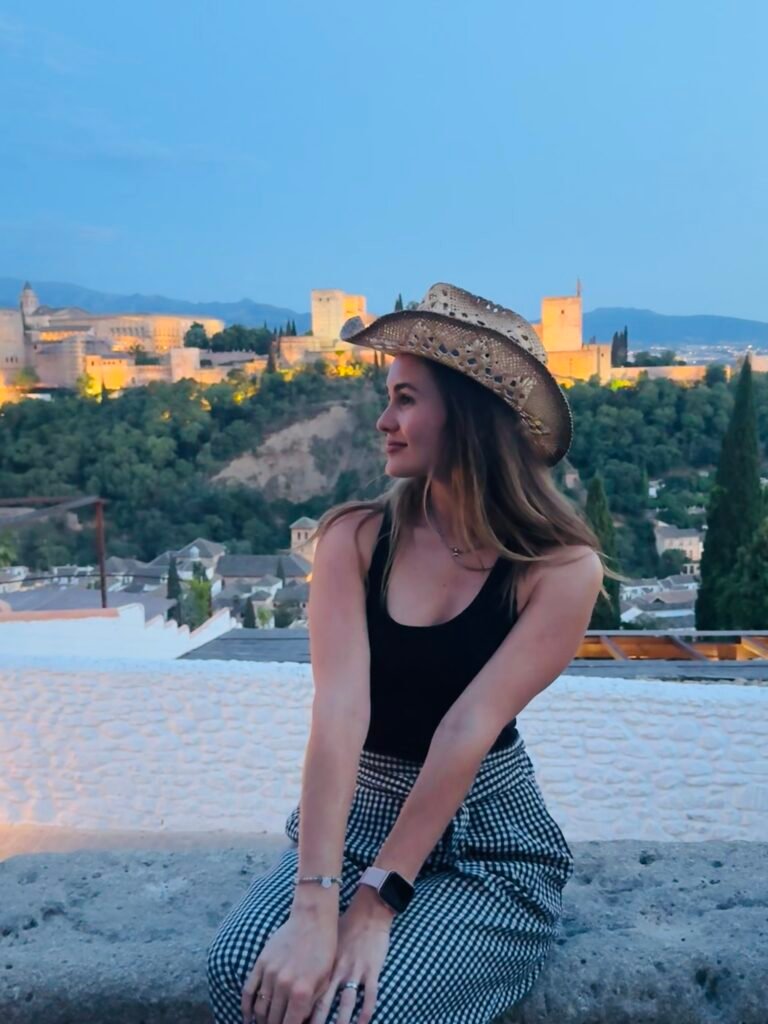
Other than that, Granada is a marvelous city well worth visiting, and Delengua is an excellent choice for anyone looking to study Spanish in an immersive setting.
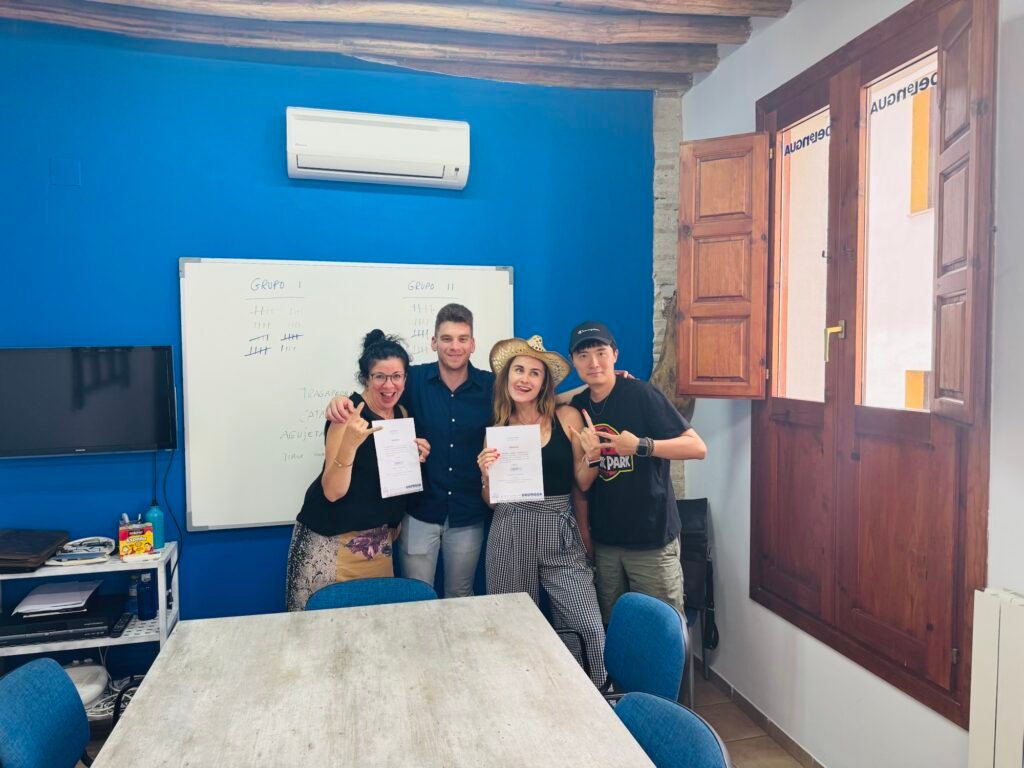
Watch the video about my experience studying at Delengua:
Book a FREE CONSULTATION with me to learn more about Delengua and other language schools.
Use my PROMO code LINGUENTURE to get a 5% discount for your classes at Delengua.

